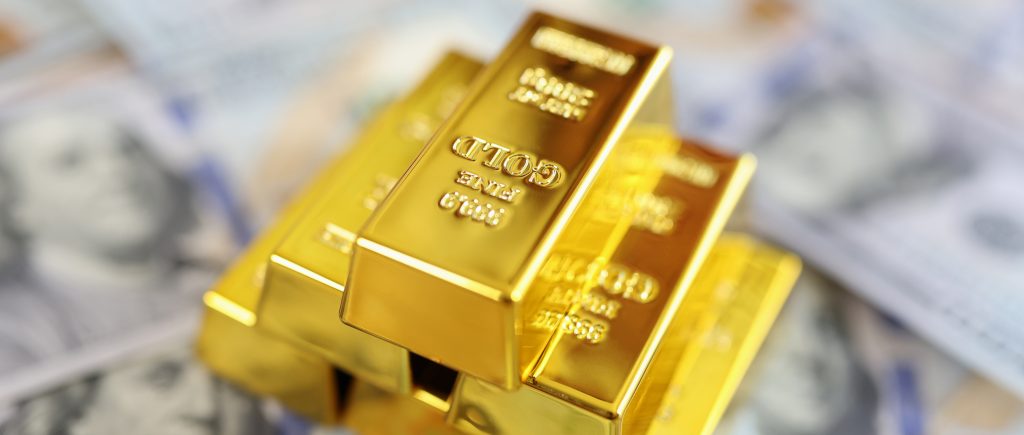Gold prices edged higher in Asian trading on Wednesday, gaining 0.5% to reach $2,609.90 an ounce after recent declines driven by a strong U.S. dollar in the wake of Donald Trump’s re-election. Gold futures, however, dipped 0.4% to $2,615.70 an ounce as of early trading.
The yellow metal’s recovery comes as markets await key U.S. consumer price index (CPI) data. Inflation figures for October will provide insight into the Federal Reserve’s future monetary policy. Elevated inflation could decrease the likelihood of continued rate cuts, a factor that traditionally weighs on gold prices.
Trump’s Second Term Raises Inflation Uncertainty
Investors are digesting the potential inflationary impact of expansionary fiscal policies expected under Trump’s second term. Uncertainty has heightened around the future of U.S. economic policy, with the prospect of elevated inflation and interest rates adding complexity to market dynamics.
Broader Precious Metals Gain
Other precious metals mirrored gold’s rebound. Platinum futures increased by 0.7% to $960.10 an ounce, and silver futures rose 1.1% to $31.108 an ounce.
Interest Rate Concerns Mount After Fed Commentary
Minneapolis Fed President Neel Kashkari warned that persistent inflation might prompt the Federal Reserve to reconsider its rate-cutting strategy. This statement led traders to slightly reduce expectations of a December rate cut from the Fed, which has already lowered rates by 75 basis points over the last two months. Fed Chair Jerome Powell’s upcoming remarks on Thursday are also highly anticipated.
Copper Prices Remain Pressured Amid Disappointment Over China Stimulus
Industrial metal markets saw copper prices remain under pressure. On the London Metal Exchange, copper dipped 0.1% to $9,137.50 per ton, while December copper futures declined 0.2% to $4.1390 per pound. The market’s disappointment stems from a $1.4 trillion debt package announced by China to ease local government financial strains. Despite its size, the package failed to include targeted measures for stimulating consumption and the troubled property sector, dampening investor sentiment.
China’s cautious approach may reflect its desire to understand the trade landscape under Trump’s presidency, given the likelihood of new import tariffs. This uncertainty continues to cast a shadow over market sentiment and weighs on industrial metals like copper.
 Noor Trends News, Technical Analysis, Educational Tools and Recommendations
Noor Trends News, Technical Analysis, Educational Tools and Recommendations





